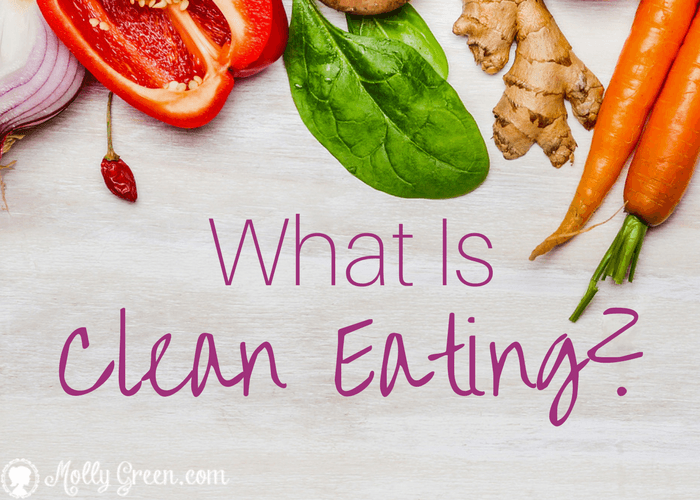By Lisa Holcomb
You have probably heard the buzz words “clean eating.” Clean eating recipes are everywhere. Blogs, Pinterest, recipe planning sites, and even whole cookbooks are dedicated to just clean eating recipes. What’s the big deal and what is clean eating?
Clean eating means replacing processed foods with fresh and natural foods—foods that have not had anything added to them, and have not had anything valuable taken away. It means no junk food and eliminating all refined sugar. Some people are “purists” when it comes to clean eating, and that is great. However, if you don’t have the time or energy to be a purist, just do the best you can. Here are some easy steps you can take to assure you are on your way to feeding your family clean foods.
Purchase whole foods. This means fresh vegetables, fruits, and foods that haven’t had any extra ingredients added to them. If possible, eat foods that are in their natural state. Your local farmer’s market is a great place to shop for clean eating foods.
Eat seasonal. Plan your meals around ingredients that are in season and you’ll be more likely to get the most out of your food.
Check the ingredients. Always read the labels and avoid foods with extra ingredients. If you can’t pronounce the ingredients, then you don’t want to eat it. Have you read the labels on foods lately? It’s pretty scary.
Stay away from “white” food. Avoid white bread, white rice, and pasta. If you are a carb lover, this can be hard. Start slow by changing out your white bread to healthier whole grain bread. Then try switching to brown rice rather than white rice. If you love pasta, find a pasta substitute. There are lots of recipes that get creative and use other ingredients instead of the pasta. You’ll never even miss it.
Stay away from alcohol. For some, this isn’t a challenge. However, if you are accustomed to that nightly glass of wine, just remember, it’s loaded with extra sugar and carbs.
Eat good sources of fat. Your body needs healthy fats so make sure they are coming from good sources. Coconut oil, olive oil, and nuts are healthy fat choices.
It’s ok to go frozen. If you don’t have access to a farmer’s market, or what you are really wanting isn’t in season, then try frozen. Frozen vegetables or fruits can have extra sugars (and sometimes other unnecessary ingredients) added, so make sure you read the labels before buying. But often, frozen meat, fruits, and vegetables retain their nutrients better than “fresh” foods that have been trucked across the country and left to sit on store shelves for a week before you buy them. Stocking your freezer with wholesome fruits and vegetables is a great idea!
Eating clean is much easier when you are prepared. If you really want to eat healthier, make sure you are prepared. Take the time to plan your menu for the week. Planning your meals will keep you from running out of healthy foods at home and grazing on junk. It will also save you time and money. It’s so easy to just go into the store and purchase fresh foods and vegetables while not having a clue what you are going to do with them. We have good intentions, but our good intentions go to ruin in the refrigerator when we don’t get around to using them. Planning out what you are going to eat for the week will make all the difference.
Clean eating has so many benefits for you and your family. Don’t think about what you are giving up, but about what you are now giving your body. Your body and your family’s bodies will love you for it.
Lisa Holcomb and her husband, Will, have six children (their oldest two are married and have babies of their own) and live near Austin, Texas, with their four boys. Lisa is co-founder of Build A Menu and is known as the “Queen of Meal Time Makeovers.” She is an author, speaker, and an advocate for adoption, family nutrition, savvy grocery shopping, and family dinners. Feel free to email her at [email protected].





